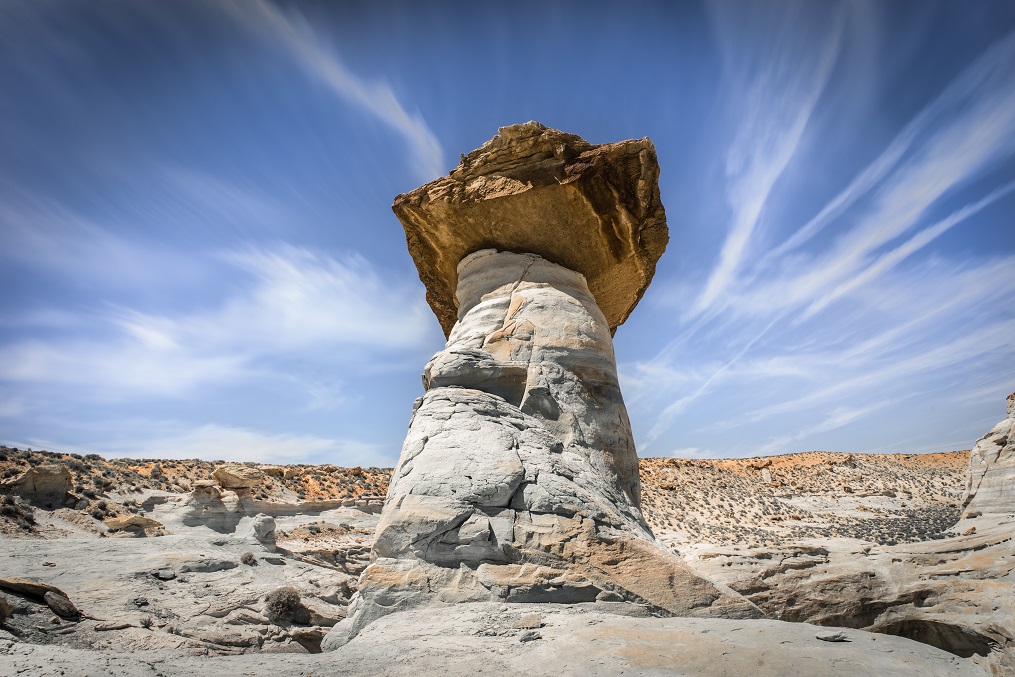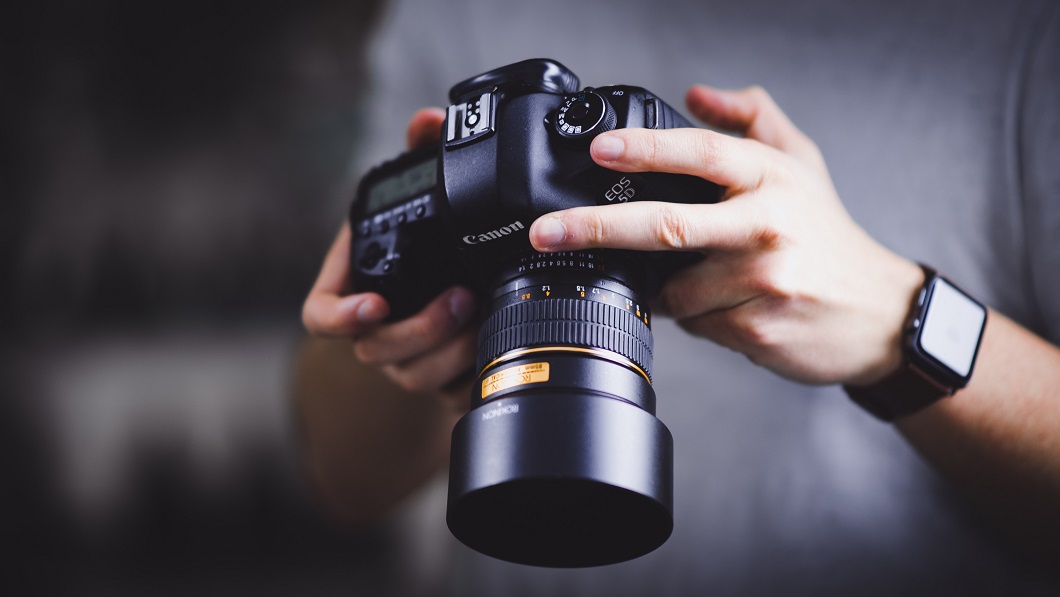Many new photographers are tired of being told to shoot RAW instead of JPEG. Pros kept telling them how RAW files contain more info and thus provide more leeway in recovering missing details and such.
One thing that these pros often forgot to tell the newbies is what the next step should be. Luckily we’re here for you and ready with the laid-out steps that you’ll need.
Basic Workflow for RAW Image Files
Copy the images
From the SD card, copy the images to your hard drive. Plan ahead and think where you’re going to save the images. Proper photo organization lets you keep track of all of your work in the pho-editor catalog. You’ll be avoiding many head scratches and curses in the future.
Import the images
This step creates a link between the images stored some folders and the record of the images in the catalog. It makes the photos available for editing, organizing, and sharing.
In Lightroom CC, you just need to click the Import button on the Library module, select the folder(s) to import, and click Add to import.
Select the worthy ones
Once you’ve imported the photos you wish to edit, it’s time to thin the herd a little bit.
Despite your best effort to take only the finest shots, you will end up with lots of garbage. That’s a harsh way to put it, but it’s the truth. Some have poor compositions while others have poor focus or simply lack the oomph factor.
Deleting many bad shots doesn’t automatically mean you’re a bad photographer. It can also mean you’re developing a better understanding of what constitutes a great photo.
Tweak them
Open one image in the image editor and edit it to your liking. What part to tweak and how you tweak them depends on your circumstances. Those who are working on fashion photography may have a different workflow from those taking landscapes or sports actions.

For fashion photography, the focus is on getting the correct skin colors and textures on the models. Add in a little body retouch then work on the light and shadow balance. For landscape pictures, one may go for a cinematic look by increasing contrast, recovering the details in the shadows, and improving the vibrancy.
Save a copy
You can save your edited photos as a lossless file type like TIFF if you wish to edit it further or go with JPEG for online publishing. However, regardless of the route you take, it is imperative to save the modified image without modifying the original.
Down the line, you may want to try something new with that specific image. You can do that only if left the original untouched.
OK, that wraps it up. That’s the basic workflow for working with RAW image files. It is not written in stone, though. That said, the workflow shown above still makes a good starting point. And while Adobe Camera Raw and Lightroom have cemented their dominant position as image post-processing software, those steps are still applicable with whatever photo editor of your choice.
Improvise as you need and discover a workflow most suited to your needs. That’s what the pros did.

